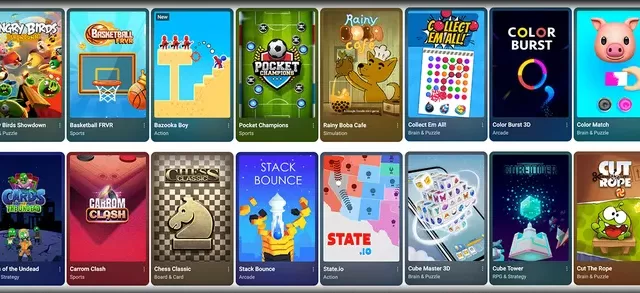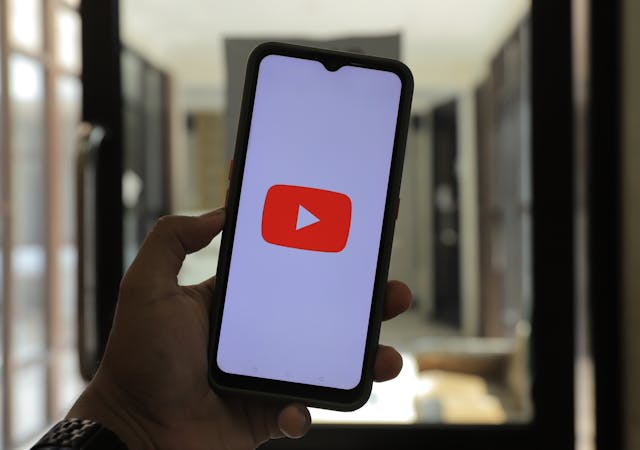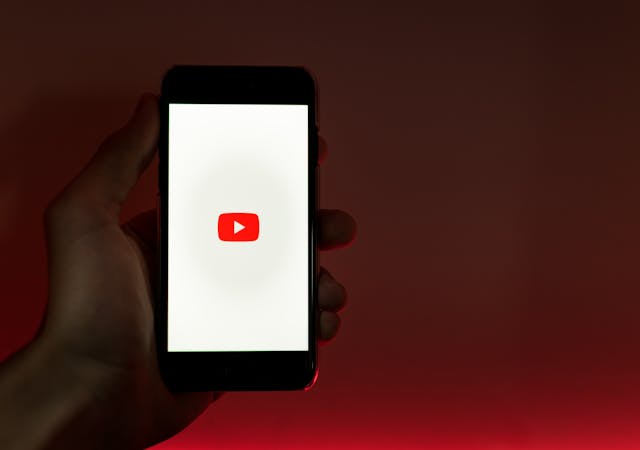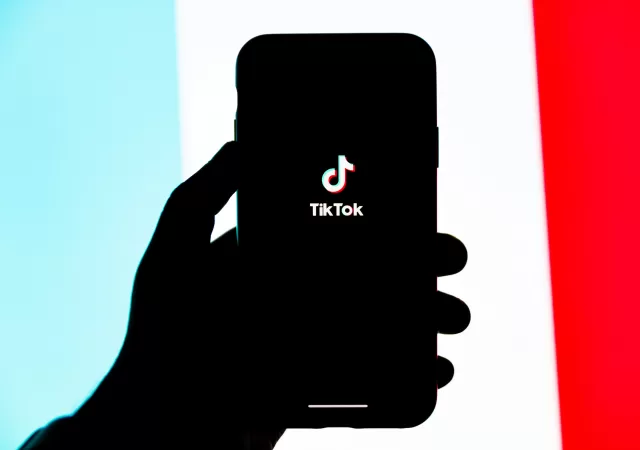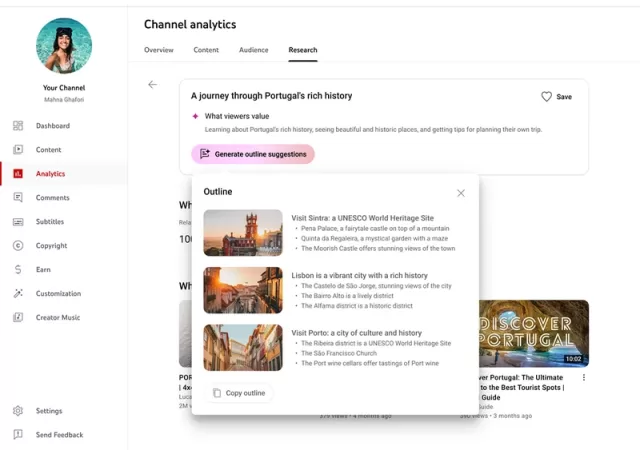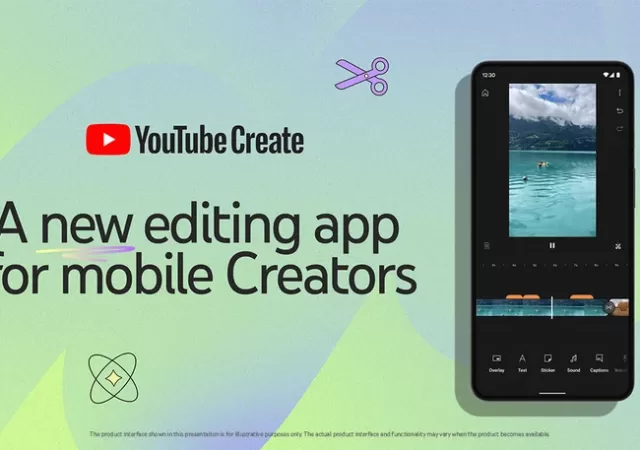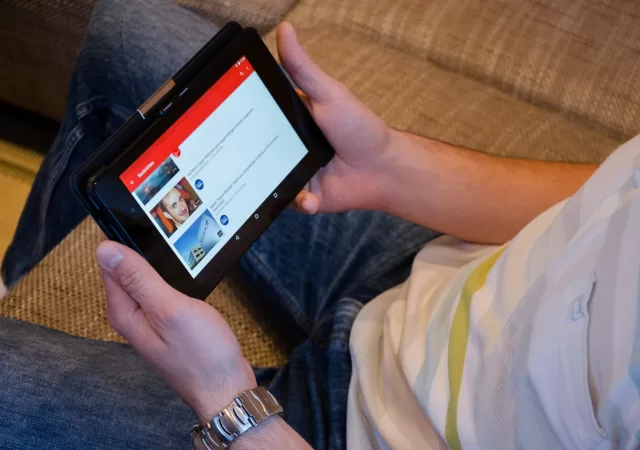YouTube begins the wider rollout of its controversial YouTube Premium Lite plan in more countries.
Breaking Down Social Media Licensing in Malaysia: What You Need to Know
Malaysia is enforcing its Social Media License, a first of its kind measure to hold platforms liable for content posted and enforce measures to limit cyberbullying and more. Here’s what you should know.
YouTube Playables Expands, Bringing Casual Games Directly to the Platform in Select Regions
YouTube announces a quirky new feature called “Playables” that brings casual gaming to YouTube as the platform looks for more ways to engage viewers.
Google Responds to YouTube Skipping Glitch for Adblock Users
Youtube responds to the recent fiasco regarding videos skipping for users with adblockers but can the statement be trusted?
YouTube’s War Against Ad Blockers Continues with the Platform Blocking Content Altogether
YouTube continues to wage war against ad blockers. This time, the platform seems to be disrupting the user experience in a bid to get ads through.
TikTok Tests Long-Form Videos: A Challenge to YouTube’s Dominance?
Tiktok is testing out 60-minute long videos, a significant divergence from its usual short form videos. Is it looking to take on YouTube?
Generative AI Coming to YouTube Creator Tools
YouTube has revealed new tools and apps for creators, including the experimental ‘Dream Screen’. Learn more about how these features can help simplify the process and increase viewership and engagement.
YouTube Create Here to Simplify Content Creation
Google presents the YouTube Create app, a new tool designed to make creating videos simpler with features like auto captioning and voiceover.
YouTube Is Going to Have Fewer Ad Breaks on TVs But They’ll Be Longer
Google is experimenting with fewer ad breaks on TV but they may be longer than what is available now.
YouTubers Can Now Resolve Community Guideline Violations by Viewing A Training Video
YouTube is introducing a way to resolve Community Guideline violations in a bid to help Creators understand the violation and prevent content strikes.
- Google’s Epic Games Lawsuit Loss May Force Changes in the Google Play Store as the Supreme Court Denies Request to Delay
- YouTube Rolls Out Premium Lite Subscription in More Markets
- Logitech MX Master 4 Brings Haptics and Enhanced Features for Productivity
- This is Your Last Chance to Get Deals for Samsung’s Neo QLED TVs, Soundbars and Appliances!
- Epson Boasts Significant Strides in Achieving its ESG Targets
- user-465340 on Graphisoft is Designing the Future with Mindful Integration of Generative AI, Sustainability and Effiency
- Alan Shelby on Wondershare Repairit Online: A Free and Reliable Video Repair Platform
- Ally on Google Reveals the Pixel Fold, The Next Word in Foldables
- Carol science on HyperSense named in 2022 Gartner® Market Guide for Multipersona Data Science and Machine Learning Platforms
- Gina keveryn on YouTube Removes Public Dislike Count Visibility
- October 2025
- September 2025
- August 2025
- July 2025
- June 2025
- May 2025
- April 2025
- March 2025
- February 2025
- January 2025
- December 2024
- November 2024
- October 2024
- September 2024
- August 2024
- July 2024
- June 2024
- May 2024
- April 2024
- March 2024
- February 2024
- January 2024
- December 2023
- November 2023
- October 2023
- September 2023
- August 2023
- July 2023
- June 2023
- May 2023
- April 2023
- March 2023
- February 2023
- January 2023
- December 2022
- November 2022
- October 2022
- September 2022
- August 2022
- July 2022
- June 2022
- May 2022
- April 2022
- March 2022
- February 2022
- January 2022
- December 2021
- November 2021
- October 2021
- September 2021
- August 2021
- July 2021
- June 2021
- May 2021
- April 2021
- March 2021
- February 2021
- January 2021
- December 2020
- November 2020
- October 2020
- September 2020
- August 2020
- July 2020
- June 2020
- May 2020
- April 2020
- March 2020
- February 2020
- January 2020
- December 2019
- November 2019
- August 2019





